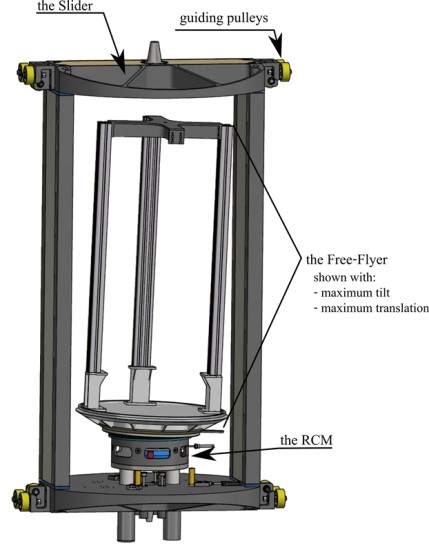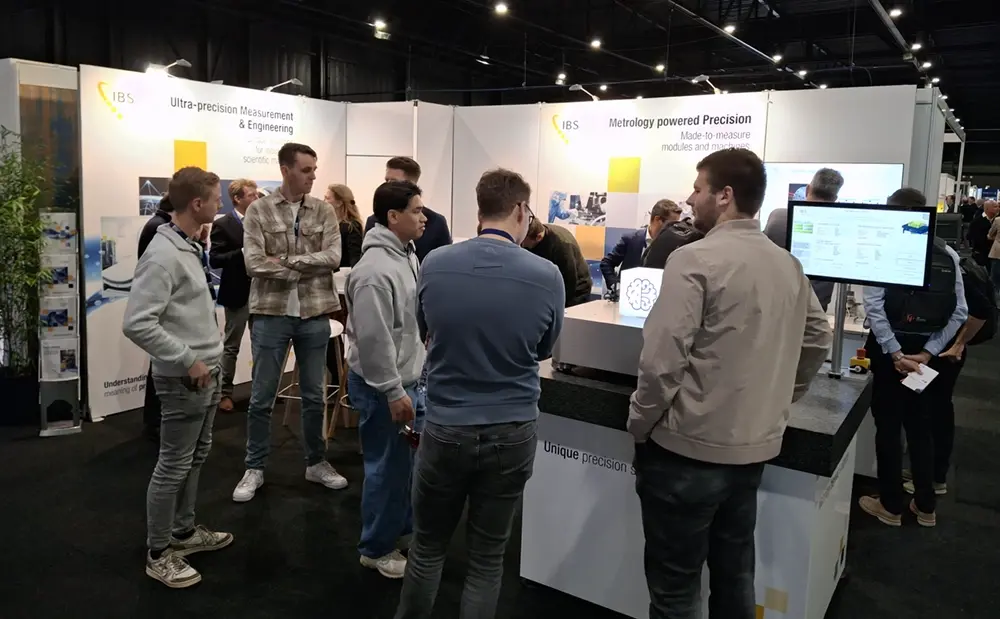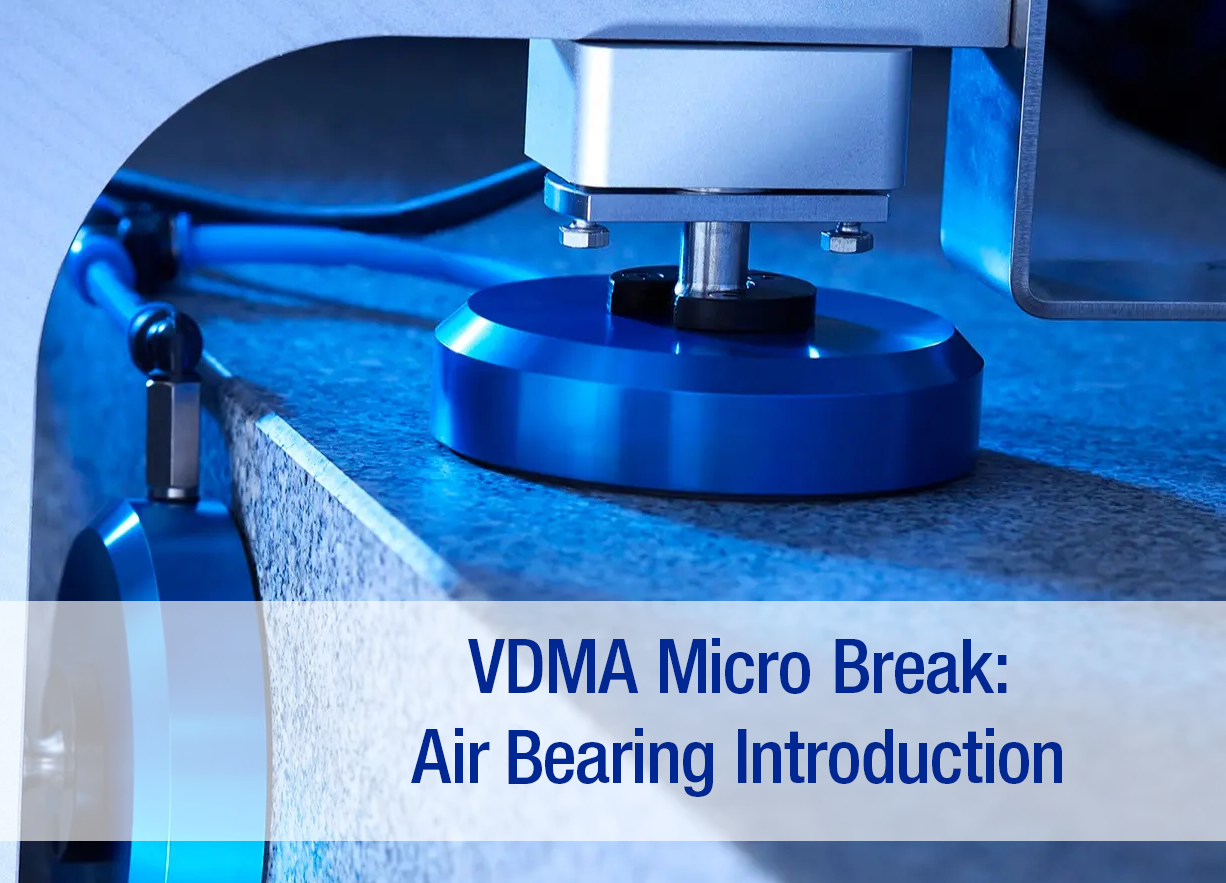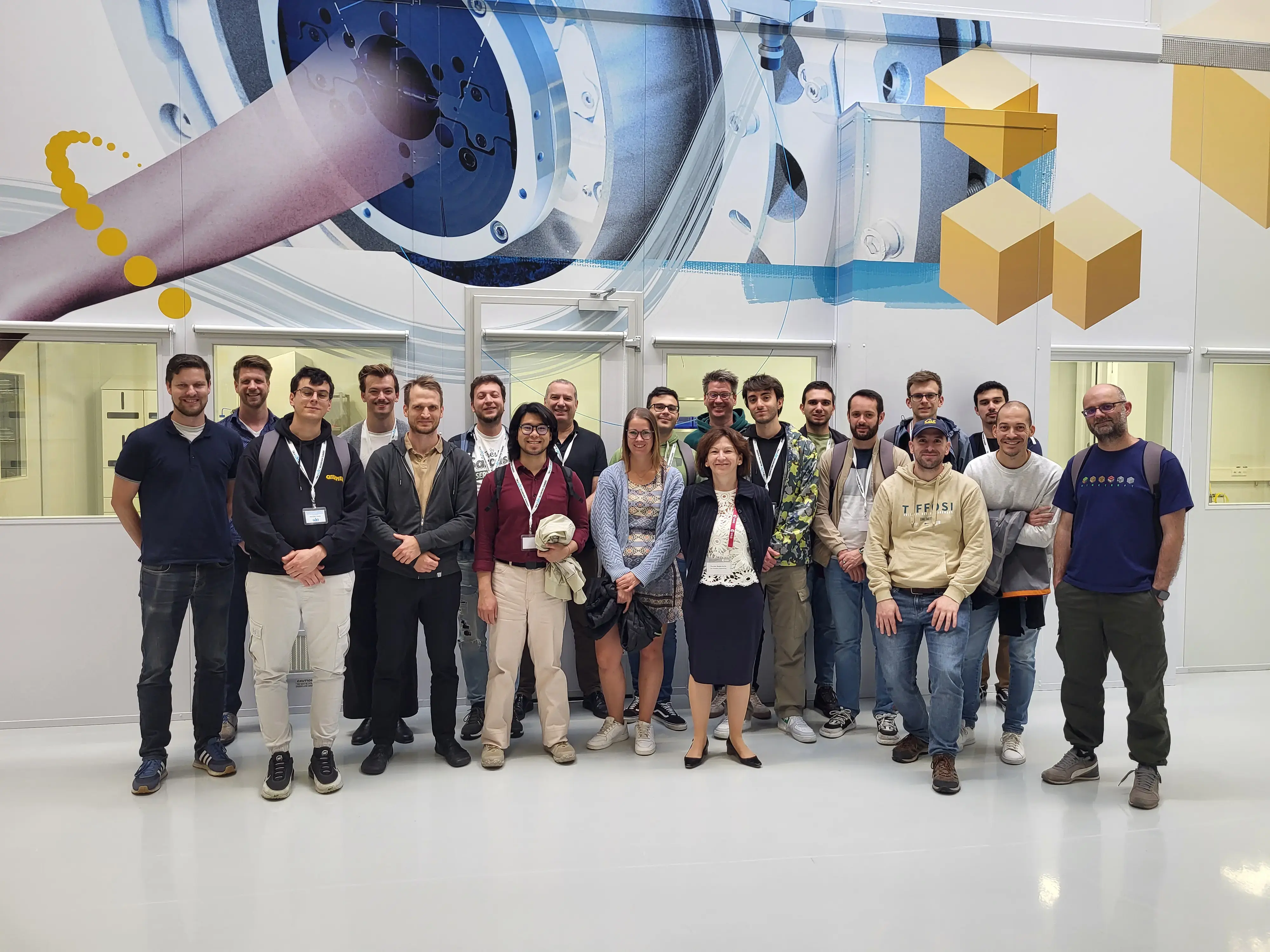For almost 30 years the University of Bremen has operated a drop tower for research under weightlessness. Both current and future scientific research programs ask for high quality microgravity conditions of 10- 6 g combined with high repetition rates of 100 flights per day or more. As the existing drop tower allows only up to three drops per day, a new type of drop tower, the GraviTower Bremen, (GTB), is currently under development. Air bearings have played an essential role in this upgrade.
As a first stage of development, a GTB-Prototype (GTB-Pro) has been designed which uses an active rope drive to accelerate (initial acceleration of up to 4 g) a slider/drag shield and an experiment therein on a vertical parabola. During the free fall phase, the experiment is decoupled from the slider by a self-acting Release-Caging-Mechanism (RCM). The prototype will provide 2.5s of microgravity for experiments of up to 500 kg for at least 100 times per day.
Based on extensive simulations aimed at optimization of the whole system, a hydraulic rope drive system has been developed; with minimized vibrational amplitude and a low number of frequencies. The RCM that was also developed, achieves a very fast (≤ 0.1 s) self-acting release of the experiment from the slider by using air bearings. The extremely demanding weightlessness conditions required are only achievable if the decoupling of the experiment from the slider is close to ideal; as it is when using frictionless air bearings and bushings.
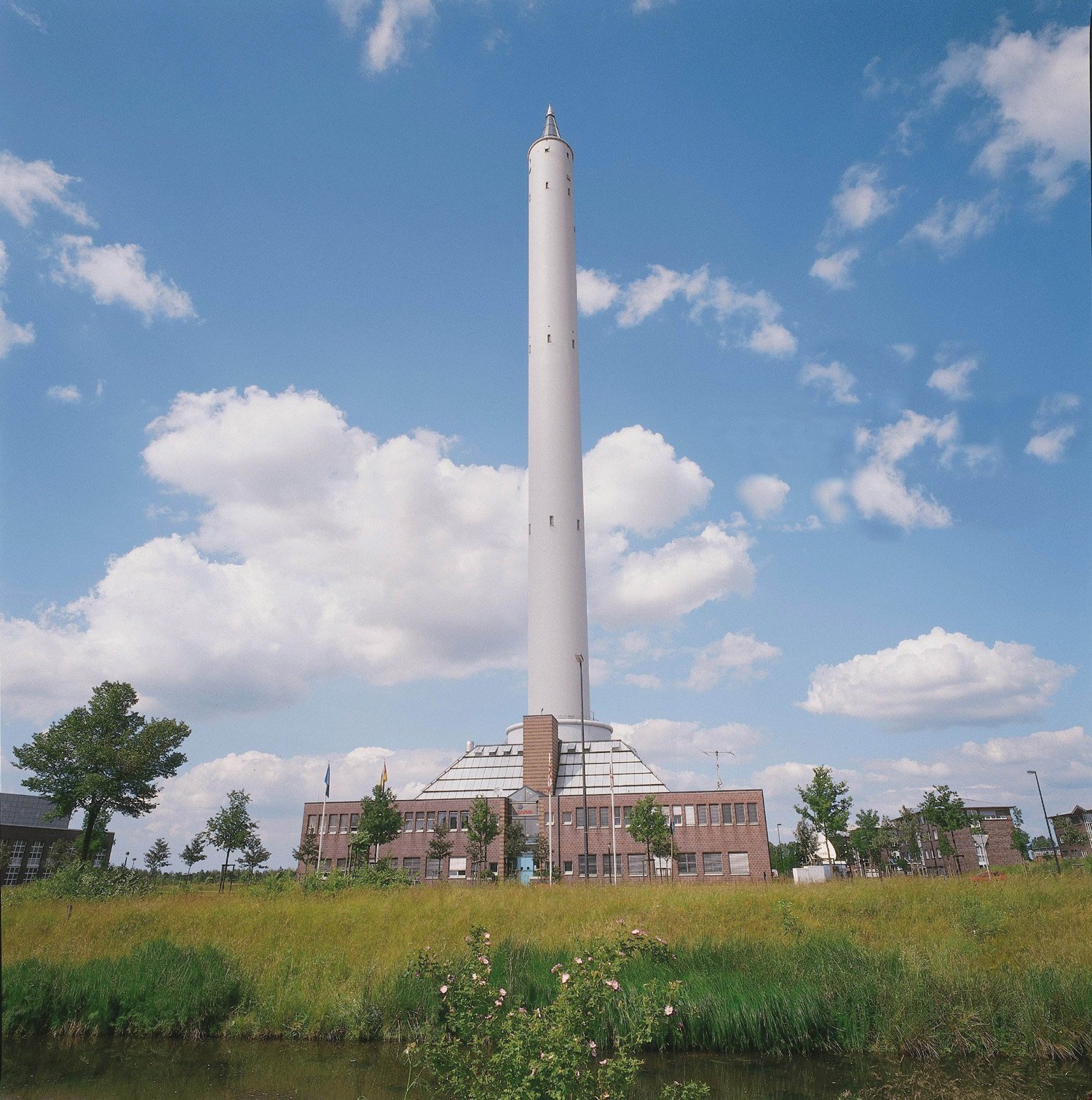
The outstanding issue during the development of the RCM was if air bearings could tolerate the low stiffness of the light weight structure of the RCM and the slider during the initial acceleration. Further, the wear of the bearings at the recoupling, where they hit the supporting surfaces in motion concurrent to an acceleration of up to 6g, was a truly great question during development.
Andreas Gierse, Project Manager GTB, ZARM: “IBS Precision Engineering helped us a great deal to understand the application possibilities and the limits of the air bearing technology. Together we modified some off-the-shelf bearings to fit our purpose. In 2018 the RCM was build and tested. In the picture you can see the RCM (bottom) in the slider with an experiment on top. The bearings worked perfectly from the start and were far less sensitive to deformations of the supporting plates than expected.”
The GTB-Pro will go operational early 2020 and the first full performance test of the RCM with the air bearings will be performed.
